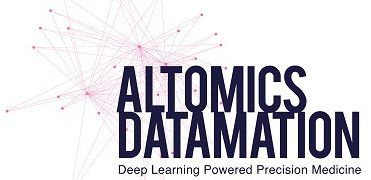The age of Personalized Medicine is upon us, as whole genome sequencing continues to expand, and regulatory agency approval of clinical tests multiply year over year. However, whereas genome sequencing will identify flaws in an individuals’ genetic makeup, there remains a need to identify biomarkers that account for lifestyle which provide insights into susceptibility or pre-disposition to a particular illness.
Key to this unprecedented evolution in public health and molecular diagnostics driving this scientific model called Precision Medicine, is the use of computerised tools which facilitate the management and knowledge extraction from the vast quantities of data needed to understand these complicated diseases. Sifting of data to find the proverbial ‘needle in the haystack’ which cannot be done by scientists alone.
However, available clinical diagnostics are neither comprehensive nor complete and their current use remains disparate and un-coordinated. Modern medicine demands more be developed and improved methods to better interpret their results.
The search for biomarkers that accurately detect, diagnose, or better still, predict the onset of specific disease is the preliminary step to advancing clinical molecular diagnostics. These highly sought after and medically consequential diagnostics are critical to the future of healthcare as every individual’s genetics and lifestyle comingle indefinitely, for either good or bad.
One particularly well-recognised biomarker is High-Density Lipoproteins (HDL), often referred to as the “good cholesterol”. For over a half-century, HDL has been the subject of clinical research as a causal agent of disease and remains a therapeutic target for intervention given its observed role promoting beneficial cardiovascular health.
However, in just the last decade, advances in scientific instrumentation have exposed an unforeseen complexity as the number of molecular constituents associated with HDL continues to grow, while offering a level of molecular detail never imagined before. Simply put, just 1 protein with 15 possible modifications, whether based in one’s genetic code or caused by changes brought about lifestyle results in 1.3 trillion possible variations, one of which could be the basis for developing a disease. As is well established, HDL is made up from more than 120 different proteins making the number of variables explode and the identification of ones that matter even more challenging. However,concealed within this HDL complexity lies much unexplored physiology and an untapped collection of novel biomarkers that once identified will bring new diagnostic perspectives to many of the world’s most significant diseases.
Unlocking this knowledge requires cutting edge technologies in patient sample analysis and equally important, the need for biocomputational strategies and new informatic tools.
